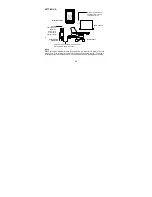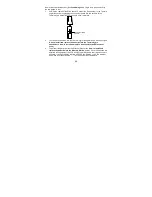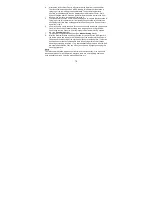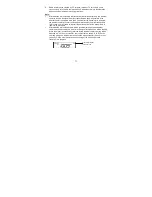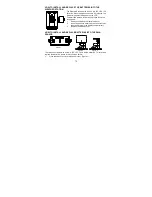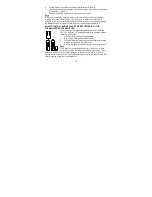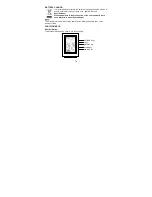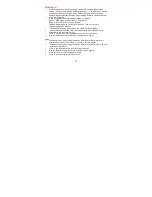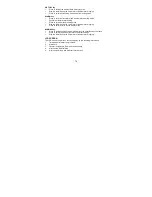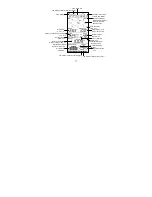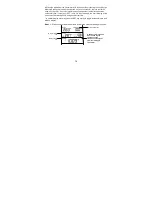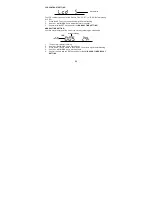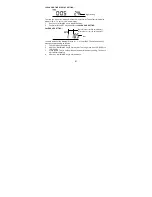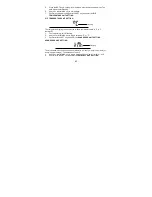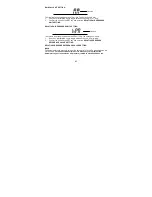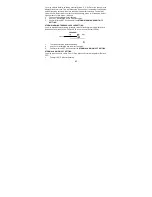
70
4.
Afterwards, the Weather Center will start receiving data from the transmitter.
The transmission reception icon will be blinking to indicate that the station is
trying to get the thermo-hygro transmitter data. The outdoor temperature,
humidity, wind data should then be displayed on the Weather Center. If this
does not happen after 45 seconds, the batteries will need to be removed from
all units. You will have to start again from step 2.
5.
The transmitter reception icon is now blinking again to indicate that the station is
trying to get the rain sensor data. It will stop blinking once the rain sensor has
been detected. If this does not happen after 45 seconds, you will need to start
again from step 2.
6.
You may need to check the cable for correct connection and all the components
for correct function by manually turning the wind-gauge by moving the wind-
vane; tilting the rain sensor to hear the impact of the internal moving seesaw,
etc. (see Positioning below).
7.
Time and date shall be manually set (See Manual Setting below).
8.
After the Weather Station has been checked for correct function with regard to
the above points and found fit, the initial set up of the weather station system is
finished and the mounting of the system components can take place. It must be
ensured however that all components work properly together at their chosen
mounting or standing locations. If e.g. there appear to be problems with the 868
MHz radio transmission, they can mostly be overcome by slightly changing the
mounting locations.
Note:
The radio communication between the receiver and the transmitter in the open field
reaches distances of max 100 metres, provided there are no interfering obstacles
such as buildings, trees, vehicles, high voltage lines, etc.





